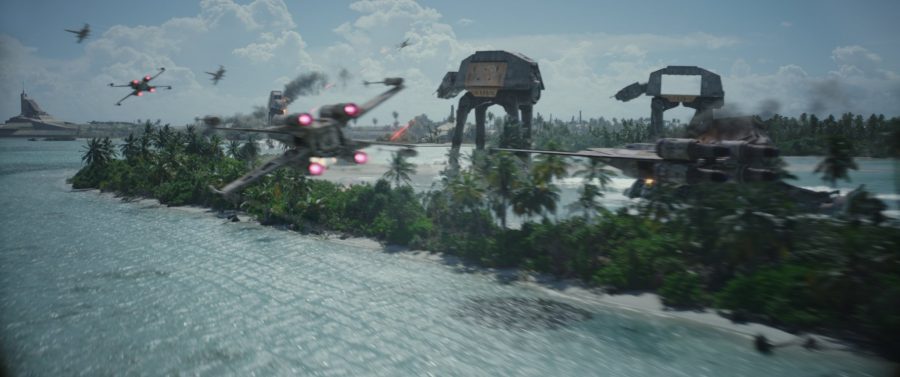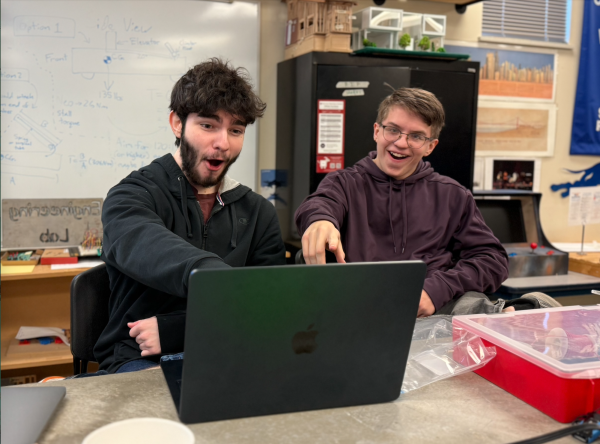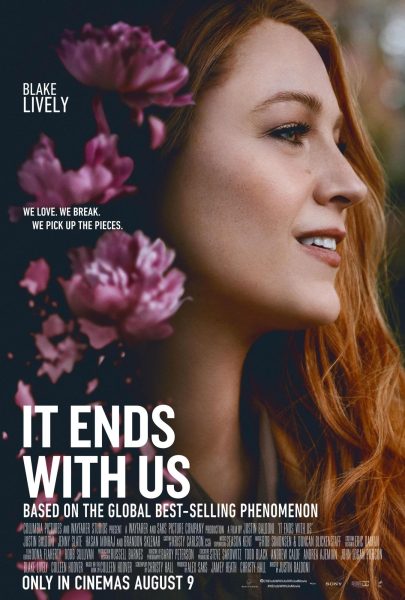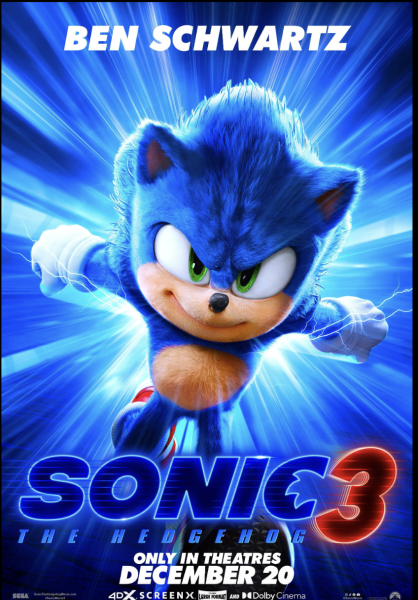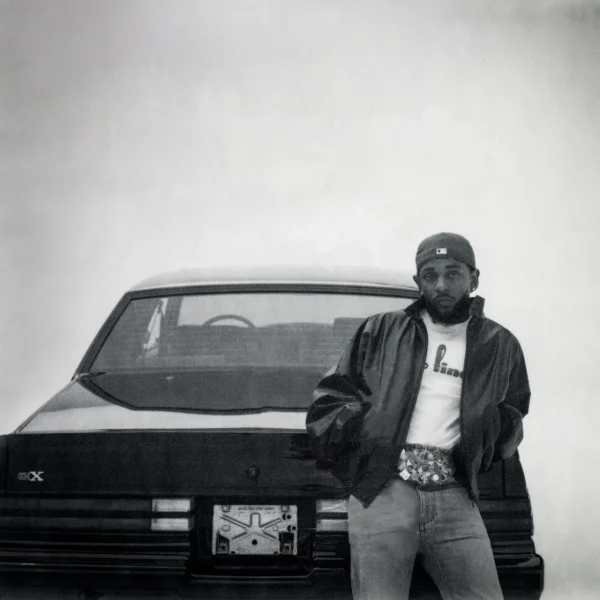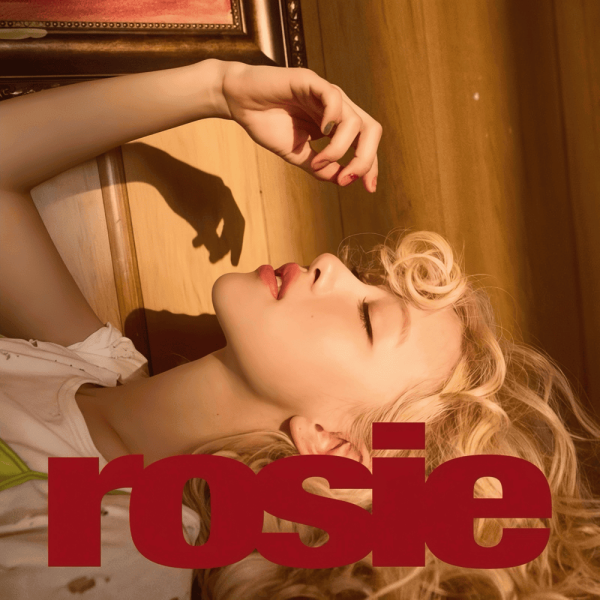Rogue One: A Star Wars Story
The newest installment of the classic Star Wars series continues to bring awe to its massive fan base, as well as millions of other viewers.
Rogue One takes place between Revenge of the Sith (Episode III) and A New Hope (Episode IV), with the Rebel Alliance struggling against the increasing power of the Galactic Empire. The Rebels seek to destroy the Death Star superweapon by capturing a copy of the plans, leaving the mission in the hands of a few spies, the main characters of the movie.
Director Gareth Edwards brings back all the greatness associated with Star Wars films and more, creating what some argue is the best in the franchise so far. Rogue One’s unique setting, however, separates it from the other films by changing the role of the heroes. Despite this, the movie still ties in perfectly with the rest of the Star Wars universe and brings happiness to many moviegoers. Rogue One’s visuals also greatly outclass the original trilogies and make the motion picture worth paying more to view in the Science Center’s OMNIMAX theater. This excellent film definitely demonstrates the outstanding success of the recent Star Wars revival.
Paired with great direction comes brilliant acting. One could consider the film to be an ensemble cast movie, but the film centers around Jyn Erso, played by Felicity Jones. Jones’s masterful performance of Erso’s hardened personality yet certain weaknesses provide the viewer with the sense that she’s not an all powerful being like the Jedi, instead, just one of the many participating in the fight against the empire. Other than Jones, some performances that standout the most are Alan Tudyk’s hilarious portrayal of K2SO, a programmed imperial droid, providing viewers some comic relief after a few scenes, yet all the renditions of the characters are well done. It’s also good to mention that the casting for the film is diverse, something to be highly applauded, proving to the viewers, especially children, that anybody can be a hero, regardless of background.
Rogue One separates itself in many ways from other Star Wars movies, which only makes it more interesting. Primarily, the story stands out, as it revolves around common Rebel soldiers rather than the well-known Jedi. In fact, Rogue One has little lightsaber action or use of “The Force” but makes up for this with Donnie Yen’s well-choreographed martial arts scenes. Grittier war scenes than previous movies also help make battles seem more realistic, focusing more on the Rebellion’s effort. Additionally, Edwards introduces an original plot outline, unlike The Force Awakens which helps movie feel more believable in multiple ways.
Despite the differences from the originals, the movie still fits well with the Star Wars universe. Most obviously, it explains the classic plot hole from A New Hope, showing how the “convenient exhaust port” was actually intentional. The film also segways perfectly into Episode IV, with only a few moments occurring between the two stories. It even includes the classic droids and dialogue line appearing in every movie, but, sadly, lacks the iconic scrolling intro text.
Rogue One’s visuals, however, separate it from all other Star Wars films. Its choice to shoot digitally compared to the long running tradition of using film provides a sleeker viewing experience, capturing the look of a more modern movie, showing the franchise’s true transition into a newer feel. Director Gareth Edwards’s choice to create physical creatures and effects bring another level of believability to the film compared to the prequel trilogy’s choice to make the entire series a CGI orgy. Its breathtaking shots of space stations, ships, planets, battles and explosions amaze all viewers, especially with destruction from the Death Star. Rogue One also attempts to bring back some characters from the original trilogy such as some of the pilots, and the film does it seamlessly with the exception of a few such as Tarkin. The movie also brings three new planets into the Hollywood limelight: Jedha, Eadu and Scarif. Despite the amazing shots, Jedha and Eadu somewhat bore viewers as they mimic the overused desert setting. The tropical islands of Scarif, however, are very new to the Star Wars scene and bring epic battles to the beaches. Other than a few creepy CGI faces and funny-looking aliens, Rogue One definitely holds the best cinematography and visual effects in the Star Wars saga.
Despite the overwhelming greatness of the movie, Rogue One still has a few flaws. Primarily, the script feels too cheesy and clichéd at certain points, with a bad double pun from a serious character, overly iconic speeches and more. Many of the characters, although they do play a significant role in capturing the Death Star plans, fail to emotionally connect to the audience due to an often one-dimensional character style that labels each character for their particular skills in taking out Stormtroopers rather than focusing in on certain nuances that would make the film a whole lot better. The all-new soundtrack from composer Michael Giacchino has less memorable pieces than the originals, but is still surprisingly beautiful for being composed in only four weeks.
Ultimately, despite some poor writing errors, Rogue One makes it up to the viewer with an original plot, breathtaking vistas, gritter action, great performances, and as always, groundbreaking special effects that sum it up to make a great film. Although it may not feel like a traditional Star Wars film, it allows for the franchise to step in a multitude of new directions. Once again, Lucasfilm proves that the Star Wars universe has not died down one bit, and shows that the franchise is just getting started.
As this franchise continues to succeed, we would like to honor the great actress who helped start it all, Carrie Fisher.
A $50 or more donation includes a subscription to the Clayton High School Globe 2024-2025 print news magazine.
We will mail a copy of our issues to the recipients of your choice.
Your donation helps preserve the tangible experience of print journalism, ensuring that student voices reach our community and that student democracy thrives.
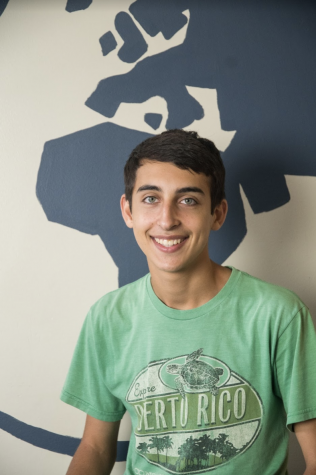
Justin Guilak is a senior at CHS and has been on the Globe since his sophomore year. He is also a captain of the Cross Country team, Ultimate Frisbee Club, and Quizbowl team, as...

Sean is a senior at Clayton High School. This is Sean's fourth year on the staff as the Chief Video Editor. Outside of Globe, Sean participates in GET, Film Club, Robotics, and...


